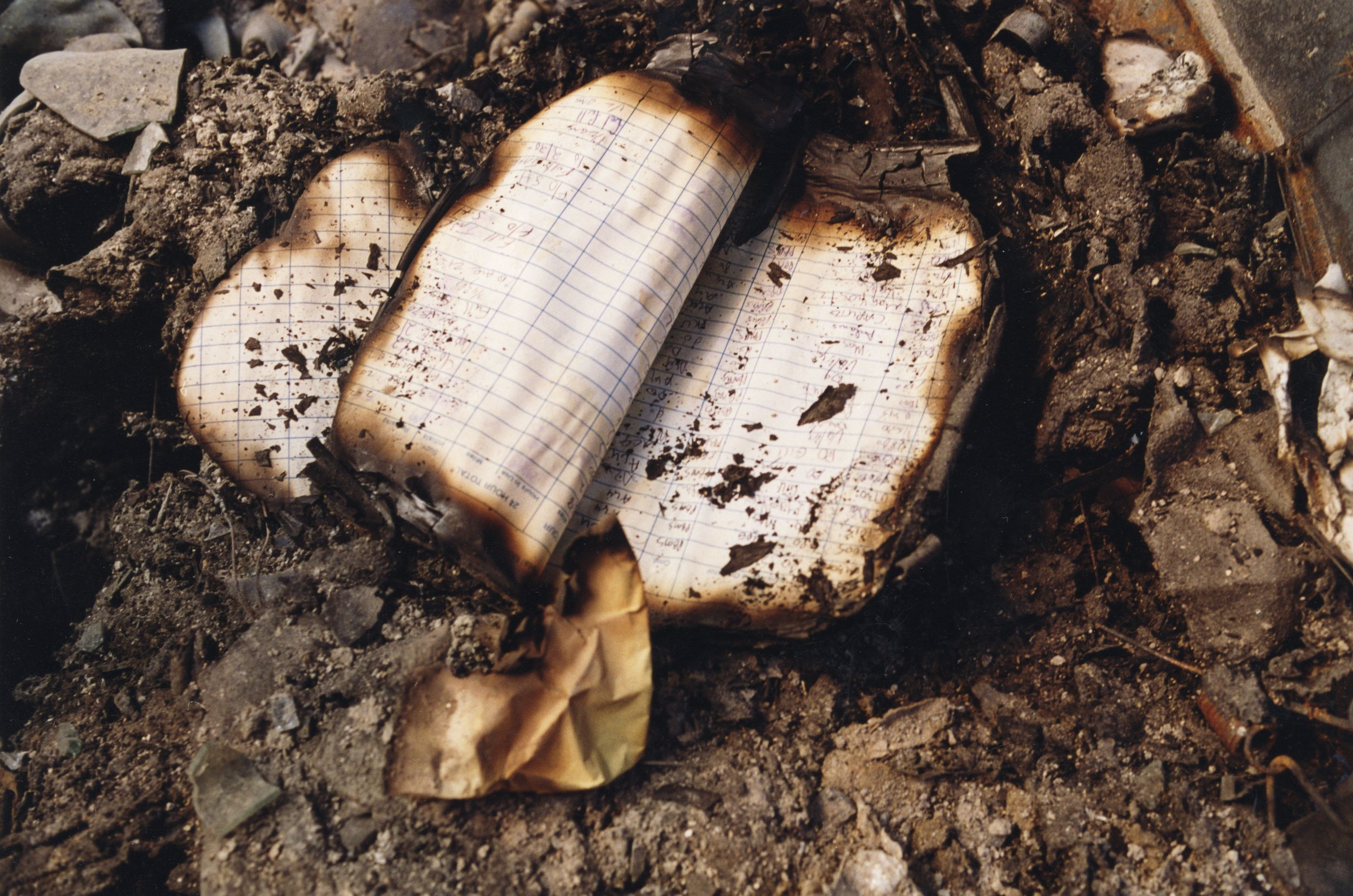Dinosaur Bones, United Nations Plaza Hotel, Manhattan
Dinosaur Bones, United Nations Plaza Hotel, Manhattan
At this ceremony the dinosaur bones, which had been illegally poached and marketed, were returned return to Mongolia by the US Department of Homeland Security.
The 80 million year old bones had been delivered to the home of a commercial paleontologist, Eric Prokopi, by the United States Postal Service. He cleaned and assembled the remains and sold the skeleton at auction to a Manhattan real-estate investor wishing to make a show piece for an office building.
The smuggled dinosaur, a Tarbosaurus bataar, was a top of the food chain predator probably preying on other dinosaurs. It now joins Genghis Khan, the brutal conqueror of a vast swathe of Asia and Eurasia as a national hero. The country, which was a Soviet satellite for much of the 20th Century is in the process of converting a museum dedicated to the Soviet leader Vladimir Lenin, the founder of a totalitarian dictatorship responsible for numerous deaths and repressions, into a dinosaur museum.
Williams, Paige, The Black Market for Dinosaurs, The New Yorker, 7 June 2014.
http://www.newyorker.com/tech/elements/the-black-market-for-dinosaurs
In 2014 the country of Mongolia gained a new hero, a 70 million year old hero. The full skeleton of a Tarbosaurus bataar, a dinosaur similar to the Tyrannosaurus Rex, was repatriated to its native Mongolia after being sold on the black market, smuggled into the United States, and sold at auction to the highest bidder.
Eric Prokopi, a “one-man black market” had over 3,000 pounds of dinosaur bones and fossil mailed to his Florida home via U.P.S. He then cleaned and assembled the bones to be sold commercially. After his arrest in 2012, Prokopi sought self preservation by assisting the authorities in tracking and understanding black market fossil trades. Because of Prokopi’s information, not only the Tarbosaurus bataar but also other dinosaur fossils were returned to their homeland of Mongolia.
Williams quotes assistant U.S. Attorney Martin Bell as saying “over eighteen largely complete, if not fully prepped, dinosaur fossils will be returned as a result, indirectly or directly, of Mr. Prokopi’s information, to Mongolia, a country which is not only enthusiastic about the possibility of dinosaur tourism based solely on the haul from this case but which badly seems to need it.”
To Mongolia the dinosaur is a sort of hero. The word “Baatar” itself is the Mongolian word for “hero” and the people refer to the dinosaur not as Tarbosaurus bataar but as “Mongol Baatar—Mongolian hero.” After the repatriation ceremony, the skeleton flew first-class on Korean Air to the Mongolian capital city of Ulaanbaatar. It went on temporary display in the capital and Williams reports that “some seven hundred thousand of the nation’s three million people” made the journey to view the ancient predator. Mongol Baatar has become a national symbol, it’s image sold on the surface of “paintings, T-shirts, coffee mugs, and paperweights throughout the country.”
The Mongol Baatar will return to Ulaanbaatar as the centerpiece in a new national museum of dinosaurs. In order to build this new museum, the Mongolian government converted an old attraction dedicated to another Mongolian hero-- Vladimir Lenin.
Branigan, Tania, It’s Goodbye Lenin, Hello Dinosaur as Fossils Head to Mongolian Museum, The Guardian, 27 January 2013.
https://www.theguardian.com/world/2013/jan/27/goodbye-lenin-dinosaur-mongolia-museum
For much of the 20th century, Mongolia was a Soviet satellite state governed by the Mongolian People’s Party. In 1980 a museum dedicated to Soviet leader Vladimir Lenin was erected in the center of Mongolia’s capital city Ulaanbaatar. Oyungerel Tsedevdamba, the minister for culture, sports and tourism describes the museum as “a very grand museum with Lenin's statue, everything embellished with red flags and with pictures of Lenin's childhood and history.”
Many Mongolians studied and traveled throughout the Soviet Union during this time. Minister Tsedevdamba explains that it was during the period of glasnost that she and other Mongolians began to realize that the hero Lenin “ caused so much misery to his own and other people.”
When Mongolia became a “multiparty democracy” in 1990, the Lenin museum was converted to office space. However a “giant bust” of the Soviet leader still adorned the exterior of the building. Minister Tsedevdamba states that the bust will likely be removed when the building becomes a “centre for its wealth of fossils” adding that “ I suppose some people might be against that.” She continues “Both are part of our history. Dinosaurs go back millions of years; Lenin was [decades] of history under the Soviets.”
Understanding Evolution, Berkeley College,
https://evolution.berkeley.edu/evolibrary/article/lines_02
One of the key building blocks in understanding evolution comes from fossil records. Fossils lend plenty to scientific studies of evolution and also act as physical proof in many cases. In the 17th century Nicholas Sgteno notices a bizarre similarity between a sharks tooth and rocks known as “tongue stones”. He soon realized that these common tongue stones were actually records of past life. They were preserved teeth. Two centuries later Mary Ann Mantell and her husband Gideon discovered a tooth they thought belonged to a large iguana, it actually belonged to a dinosaur, the Iguanadon. This was some of the first proof that fossils of extinct animals exist.
Through fossils scientists are able to explore the ways that animals have changed over time. Carbon dating allows archeologists to know when exactly certain fossils and earth layers are from.
Kopplin, Zack, Dismissing Darwin. Slate, April 21 2015.
http://www.slate.com/articles/health_and_science/science/2015/04/creationism_in_louisiana_public_school_science_classes_school_boards_and.html
In many states, largely in the southern regions of the US, there exists a law which allows teachers to “sneak in” creationism into science curriculum and classrooms. This law allows teachers to introduce their students to literature that criticizes and attempts to debunk evolutionary theories. Many teachers take their teachings far enough to claim that the media and evolutionary claims are the “tool of Satan”.














































